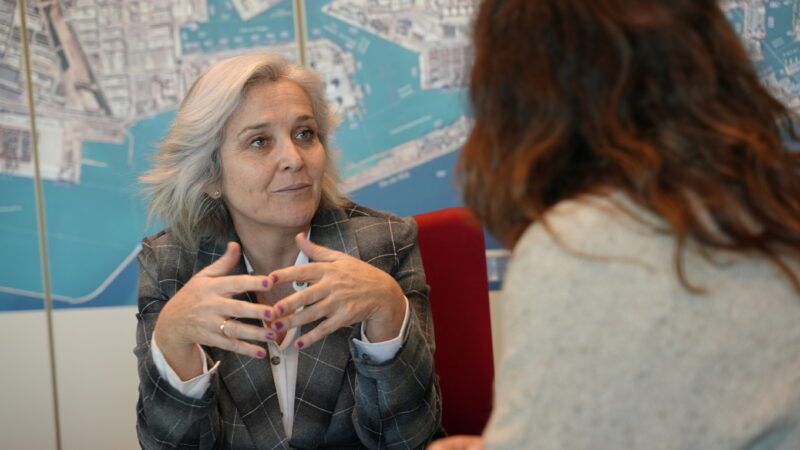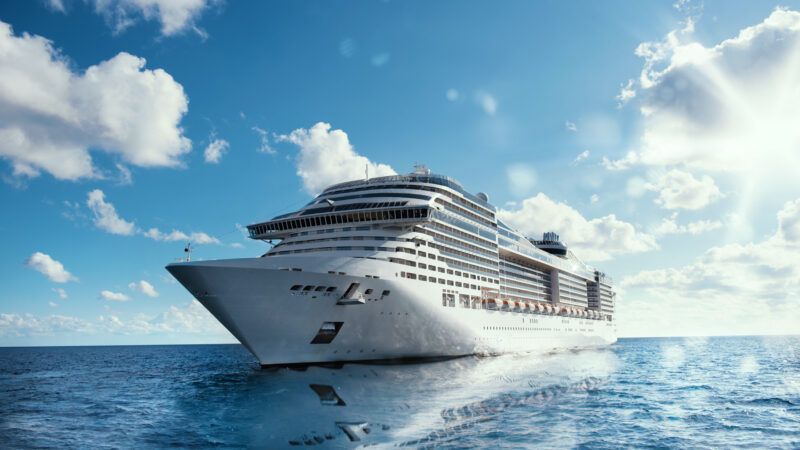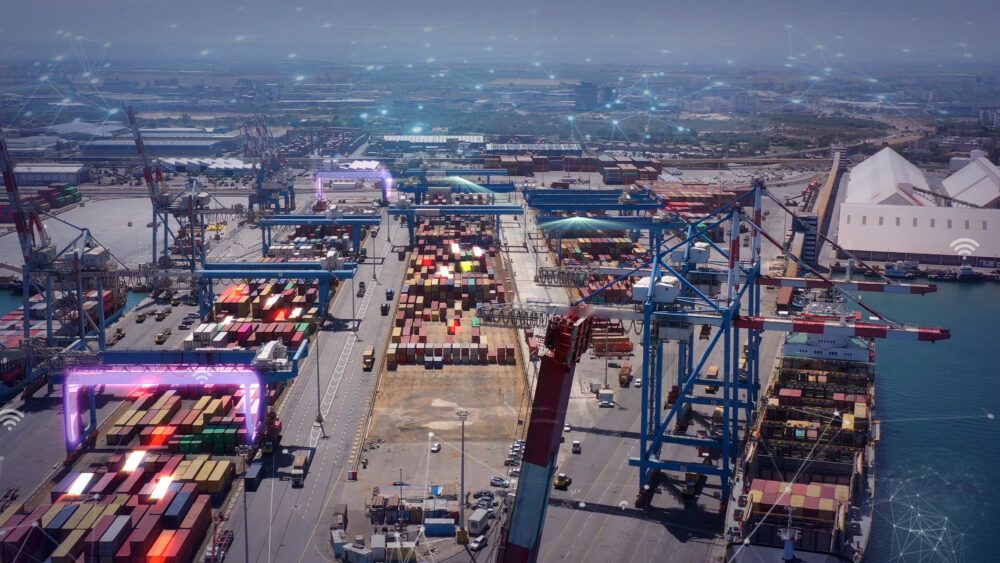 Incorporating zero-emission technologies to handle cargo in and out of ports is one measure to combat climate change. (GettyImages)
Incorporating zero-emission technologies to handle cargo in and out of ports is one measure to combat climate change. (GettyImages)
chainPORT: how digitalization boosts port sustainability
chainPORT, the leading transnational network of the world's leading smart ports, focuses the second edition of its 'Digital Playbook' on how digital transformation improves the environmental agenda of smart ports.
 Incorporating zero-emission technologies to handle cargo in and out of ports is one measure to combat climate change. (GettyImages)
Incorporating zero-emission technologies to handle cargo in and out of ports is one measure to combat climate change. (GettyImages)
After a first edition focused on how digitalization enabled ports to overcome the global challenges caused by COVID-19, it is the turn of the second edition which tackles digitalisation and sustainability.
The ports of Antwerp, Barcelona, Hamburg, Los Angeles and Montreal, members of the network and contributors of chainPORT’s digital playbook, share their best practices to move towards zero emission ports and try to answer the two questions posed:
- How can digital solutions advance a port’s zero-emission agenda?
- How can ports harness the power of digital for the benefit of the environment?
PierNext spoke with Phanthian Zuesongdham, Head of Division Port Process Solution at the Hamburg Port Authority , to learn about the key points the publication points out.
Phanthian Zuesongdham: "we encourage ports to share their digital learnings."
Something that characterizes chainPORT's digital publications is that their content is eminently practical and logical; a problem is identified, solutions based on digital technologies are applied, and the results of these interventions are presented.
Phanthian Zuesongdham, explains to PierNext that the first edition was very well received. “The chainPORT network thought it would be beneficial to continue publishing this series of digital handbooks to address other topics that link digitalisation with other business-related topics linked to ports."
"We want to encourage all port authorities to drive their digital transformation. In this sense, we want to share our learnings and insights with other ports and wider audiences, who we also invite to share their experiences with us," she continues.
Towards port sustainability
As the introduction to the handbook reminds us, the movement of goods is one of the main contributors to greenhouse gas emissions. Specifically, around 2.5% of global emissions are generated by maritime transport, according to the European Commission.
One of the targets that the International Maritime Organization (IMO) has set itself is to reduce annual greenhouse gas emissions from international shipping by at least 50% by 2050 compared to 2008 figures.
Although ports are just another link in the transit of goods, they must decarbonize their operations to ensure their own sustainability. To incorporate zero-emission technologies to handle cargo in and out of the ports is one measure to fight climate change and reduce emissions of other harmful pollutants.
"The challenge we are currently facing will not be solved individually. That's why it is essential that all ports work together to address them, because time is pressing," says Zuesongdham.
Since sustainability and the environment are quite broad fields, the head of the largest German port's Port Process Solutions division explains that they have focused on sharing solutions that reduce the pollution emitted in ports, whether its CO2, noise or marine, to "compact" the content and make it more tangible and enjoyable.
"Digital technologies are one of the means that will help us transform our capabilities for the benefit of society as a whole."
Phanthian Zuesongdham, Hamburg Port Authority, Port of Hamburg
ChainPORT Handbook of Best Port Practices
Under the broad umbrella of sustainability, the chainPORT handbook addresses topics such as traffic management, waste management, advanced port information management, fuel smart shipping and how to preserve air and water quality.
Traffic management with quantum computing
MOZART (Mobility OptimiZation and Analysis in Real Time) is the name of the Port of Hamburg's project to optimize road traffic in the port facilities and in the city of Hamburg. Using quantum computing, the port has succeeded in regulating the almost 20,000 trucks that circulate daily through its facilities and that depended on the 35 traffic lights that manage the traffic, generating bottlenecks due to their lack of coordination.
The traffic situation is determined from sensors placed in the network assigned to a traffic model. For example, if a platoon of trucks is detected, the optimal traffic control will prioritize their circulation not only at one traffic light but at the following ones to allow them to transit through the port facilities without delays.
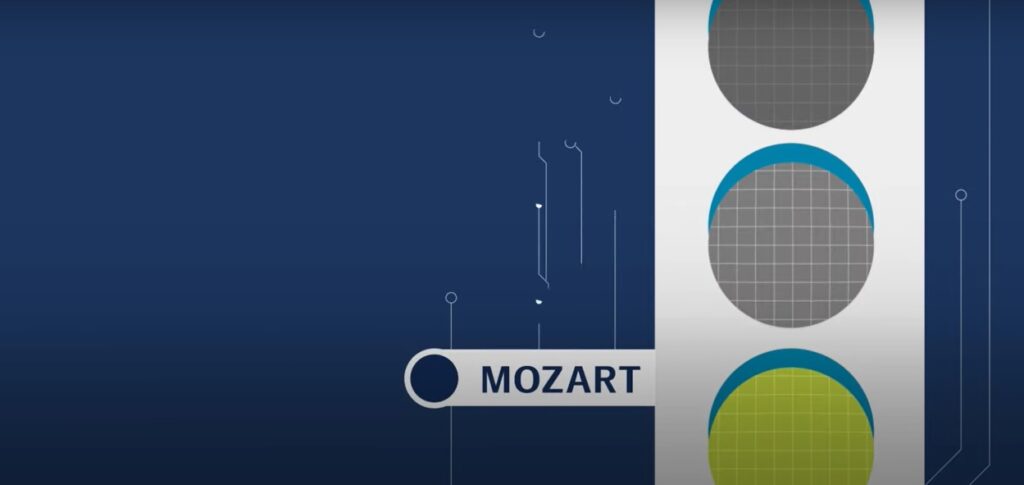
Automated waste management at the Port of Barcelona
In the maritime sector, waste collected from ships is measured according to its volume, not its weight, causing a lack of accuracy and reliability. For this reason, the Port of Barcelona has sought to automate this process so that the information reaches the Port Information System in real time.
A laser measures the volume of the waste, a series of cameras identify their MARPOL class, assisted by infrared technology that detects the temperature. Thanks to this system, waste collection can run 24 hours a day in an automated manner, ensuring operator confidence and avoiding pricing problems.

Port of L.A. advanced port information management
The Port of Los Angeles Port Optimizer is a cloud-based software solution that improves supply chain performance and predictability. It provides real-time information through a single portal to schedule container arrivals in advance.
The integration of data from across the port ecosystem through machine learning helps the supply chain monitor and respond to dynamic conditions, align people and resources to optimize loading and unloading operations, and reduce emissions by increasing the terminal's operational efficiency.
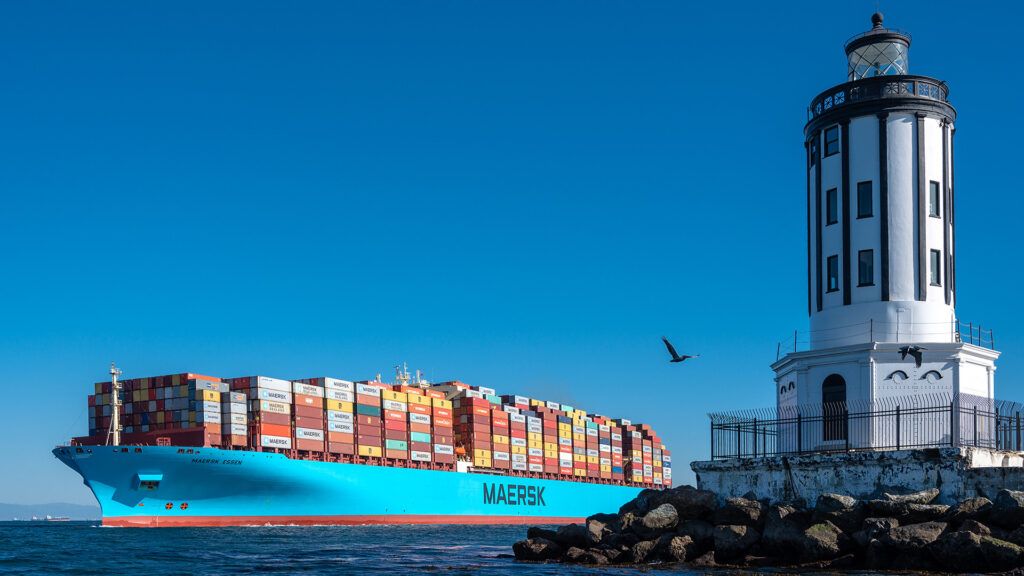
Air and water quality management at the Port of Antwerp
Two initiatives of the Port of Antwerp, Smart Water Sensor and Inoses, aim to improve water sanitation and air quality.
The first aims to put an end to fuel spills, some 150 per year, in the port. By using drones equipped with computer vision software to locate oil spills, the port can detect them faster and identify both the cause and the parties involved.
In addition, continuous and systematic monitoring of water quality is being carried out through the use of smart water sensors that measure multiple parameters such as acidity (pH), oxygen, turbidity and conductivity. This allows the port to have a better overview of the overall water quality and facilitates faster intervention in case of incidents or emergencies.
Regarding air quality, the Belgian port is one of the largest chemical centers, producing some 50 different volatile organic compounds (VOCs). One issue that the port wants to eradicate is illegal degassing of tanker barges. To establish a port-wide monitoring system, it has built a network of more than 70 Inoses that measure air quality in real time, especially the presence of VOCs.
Thanks to specific sensors and advanced Artificial Intelligence (AI) algorithms, the air is continuously measured. If high concentrations are detected, an alarm is sent to a central station to intervene at the source of the incident.
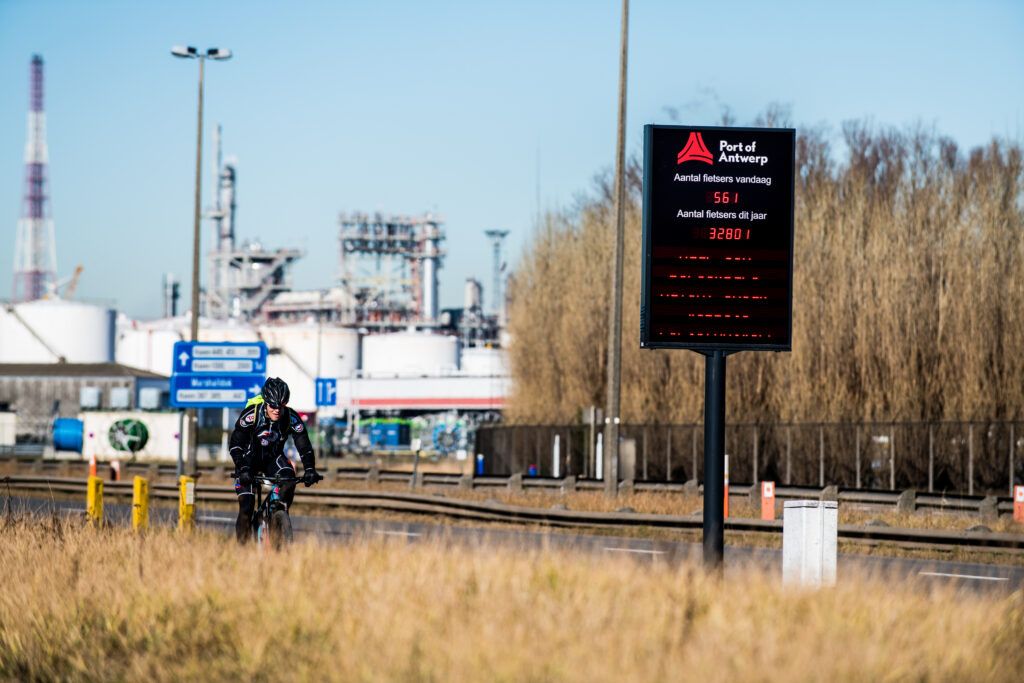
Smart transportation at the Port of Montreal
Smart locomotive driver assistance is the project of the Port of Montreal , which, with more than 100 km of rail lines and four locomotives, offers on-dock shunting services to its rail partners. With more than 60% of its greenhouse gas emissions coming from its rail activities, in 2010 Montreal began replacing its fleet with new-generation, low-emission GenSet locomotives.
To maximize environmental benefits, in 2021 it tested an onboard control panel that makes recommendations to the driver in real time with the aim of optimizing and saving on fuel consumption based on train parameters captured by sensors. Annually, the project could reduce the port's greenhouse gas emissions by 7% and fuel consumption by 11%.
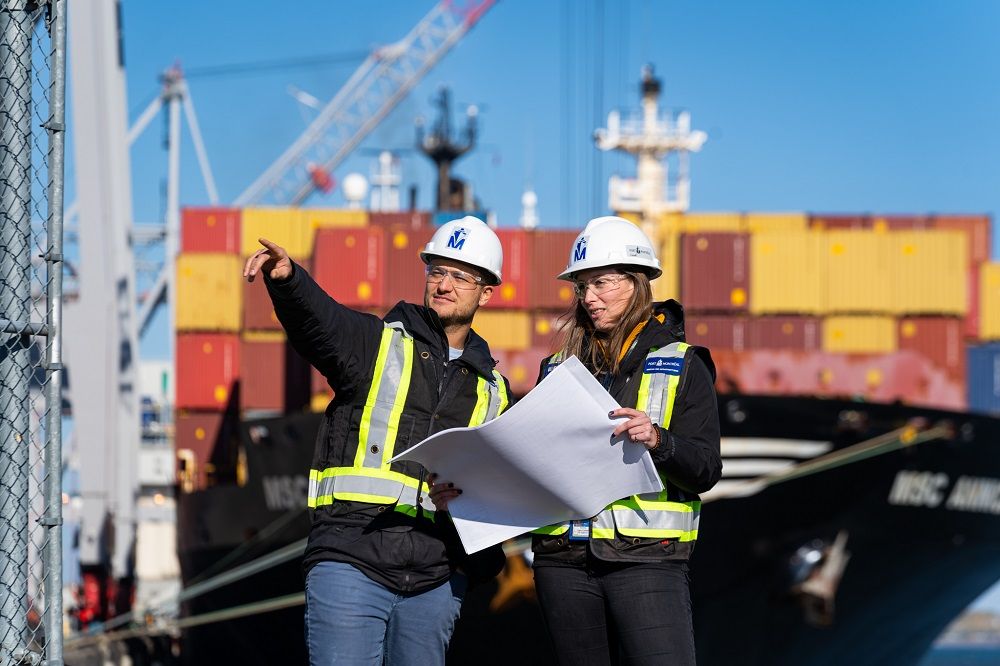
The third edition of chainPORT 'Digital Playbook' is on the way
The challenges facing the industry do not end there. As Zuesongdham says, ports cannot "stand still" in the face of the changes that the maritime, port, and logistics sector in general are undergoing, requiring adaptation to the pace imposed by these new demands.
"Ecommerce is emerging and environmental regulations are becoming increasingly stringent. So are the demands of port cities, which are asking ports to implement sustainable business models that do not neglect the role of ports as drivers of the regional economy. The world is changing and digital technologies are one of the means that will help us transform our capabilities for the benefit of society as a whole," she predicts.
Society or human capital will be, precisely, the protagonist of the third edition of chainPORT 'Digital Playbook'. The management of talent and skills in the context of digitalization in the port sector will fill the pages of an edition that, Zuesongdham says, will innovate in its format, although she cannot reveal anything more until next June.



